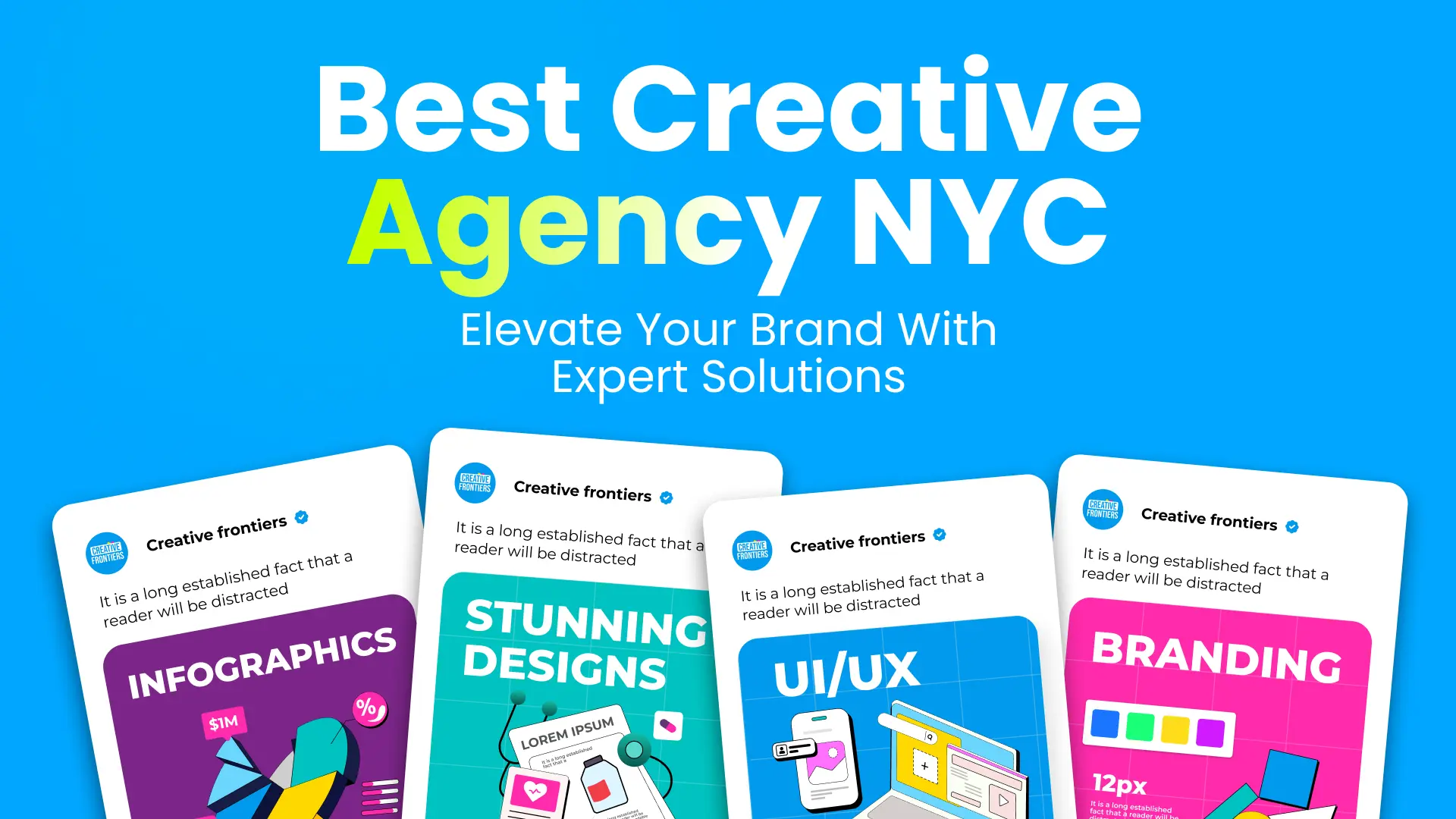
Blended Learning Explained: A Guide for Modern Workplaces
E-Learning
July 7, 2025
6
minutes

About the project
It is a long established fact that a reader will be distracted by the readable content of a page when looking at its layout. The point of using Lorem Ipsum is that it has a more-or-less normal distribution of letters, as opposed to using 'Content here, content here', making it look like readable English.
Video styles
Industries
Services
Our involvement
Storyboarding
Commercial Production
Dedicated Project Manager
Dedicated Project Manager
Dedicated Project Manager
Typically takes 15 minutes
What if your training strategy could double engagement, cut costs, and still deliver results that stick?
It’s not a distant dream. It’s the reality of blended learning. In fact, the global market for blended learning courses was valued at a staggering $141.2 billion in 2024 and is expected to soar to $254.4 billion by 2030, growing steadily at a CAGR of 10.3%. This growth speaks volumes about how businesses worldwide are investing in smarter, more flexible learning models to empower their workforce.
So, what exactly is blended learning, and why is it causing such a shift in how companies approach employee development?
At its core, blended learning combines the best of both worlds: digital convenience and human connection. It's not just about merging eLearning with face-to-face sessions, it’s about crafting a learning experience that meets modern professionals where they are, whether in the office or online.
If you’re aiming to future-proof your employee training strategy, this guide is your starting point.
What Is Blended Learning?
Blended learning is a training approach that combines face-to-face classroom instruction with online educational materials, tools, and activities. It brings together the structure of traditional teaching with the flexibility of online learning, allowing learners to absorb content at their own pace while still benefiting from direct support from instructors.
While often used interchangeably, blended learning and hybrid learning differ slightly. Hybrid learning typically prioritizes delivering instruction simultaneously to both in-person and remote learners. Blended learning, on the other hand, integrates online training and in-person sessions across a structured learning path, making it a more structured type of e-learning.
For modern workplaces, this learning model is increasingly relevant. As teams become more distributed and roles more dynamic, blended learning environments offer a practical way to scale training, improve engagement, and build job-ready skills effectively.
Benefits Of Blended Learning In Corporate Settings
Modern workplaces demand training solutions that are both efficient and engaging. Blended learning meets this need by combining digital and in-person elements to create a richer learning experience for employees.
- Flexibility: Learners choose when and where to access online courses, fitting training into busy schedules and advancing at their own pace.
- Cost-effectiveness: By reducing travel, printed materials, and venue expenses, blended approaches lower overall training budgets without sacrificing quality.
- Enhanced engagement: Mixing virtual classroom sessions, videos, quizzes, and face-to-face workshops keeps learners interested and boosts interaction online and offline.
- Improved retention: Reinforcing key concepts through multiple formats—whether a quick LMS blended learning module or an in-person discussion—helps learners solidify knowledge and apply it on the job.
- Scalability: Whether you’re training ten or a thousand staff across regions, blended learning environments adapt easily, leveraging learning management systems to track progress and maintain consistency.
These benefits make blended learning a valuable approach for companies aiming to build agile, skilled, and future-ready teams.
Blended Learning Models For The Workplace
Not all blended learning strategies are created equal. Depending on your organization’s training needs, choosing the right model can significantly improve employee participation and results. Here are four common models tailored for workplace settings:

Rotation Model
This approach cycles employees through different learning formats based on a fixed schedule or set learning goals. It’s ideal for structured onboarding or compliance training programs. Examples of learning formats include online courses, hands-on workshops, and face-to-face discussions.
Flex Model
The Flex model leans heavily on online instruction, with in-person guidance available as needed. Employees move through learning paths independently, allowing for greater personalization and self-pacing, particularly in remote or hybrid work setups.
Enriched Virtual Model
Learners primarily engage through digital platforms but attend scheduled, in-person sessions for collaboration or assessments. It suits companies transitioning from fully remote learning to more integrated training formats.
Flipped Classroom
Here, employees review learning materials, such as videos or readings, beforehand. Live sessions are then used for practical application, discussions, or problem-solving. This model is effective for soft skill development and interactive workshops.
Implementing Blended Learning: Strategies and Best Practices
Successfully integrating blended learning into your corporate training program requires more than just mixing digital and traditional methods. Here are five strategic steps to ensure an effective and scalable rollout:
Assess Organizational Needs
Start by identifying your company's training goals and understanding how your employees prefer to learn. Surveys, performance data, and feedback from managers can help tailor a training plan that aligns with both business objectives and learner expectations.
Develop A Structured Learning Path
Create a clear roadmap that outlines what each module covers and what outcomes are expected. A well-structured path helps maintain consistency across departments and ensures that every learner moves through the training with purpose and direction.
Select Appropriate Technologies
Choose tools that support seamless delivery—especially a reliable Learning Management System (LMS) that can host courses, track progress, and provide analytics. Supplement this with communication platforms and interactive tools for a complete learning experience.
Train Instructors And Facilitators
Instructors must be comfortable delivering content in both online and offline formats. Provide them with proper training and resources to manage learner engagement, troubleshoot tech issues, and adapt their approach based on feedback.
Evaluate And Iterate
Gather feedback regularly and analyze performance data to identify what’s working and what’s not. Use these insights to make ongoing improvements and keep your blended learning strategy aligned with evolving workforce needs.
Leveraging Learning Management Systems In Blended Learning
A learning management system (LMS) plays a vital role in managing blended learning programs by organizing content, tracking learner progress, and centralizing communication. It ensures consistency in training delivery across teams and locations.
When choosing an LMS for blended learning, prioritize features like a user-friendly interface, real-time analytics, and mobile accessibility. These elements not only enhance the learner experience but also help instructors monitor outcomes and improve course design.
Popular platforms such as Moodle, TalentLMS, and Docebo offer robust support for blended learning strategies. These systems allow seamless integration of in-person sessions with online modules, making corporate training programs more flexible and scalable.
By incorporating the right LMS, organizations can streamline training, increase engagement, and gain actionable insights to optimize performance.
Real-World Examples of Blended Learning in Leading Corporations
Many global organizations have successfully integrated blended learning into their corporate training strategies, achieving cost savings and better performance outcomes. The upcoming sections will cover some prominent blended learning examples applied by the real corporate companies out there.
Ernst & Young
This professional services giant adopted blended learning early on, significantly optimizing their training process. By shifting from 2,900 hours of traditional classroom instruction to a more balanced model: 700 hours of online learning, 200 hours of distance learning, and 500 hours of in-person sessions; they managed to cut training time nearly in half.

This change also reduced training costs by 35% while maintaining content quality. The new structure enabled scalable delivery and led to the launch of a global digital platform that supported the development of over 100,000 employees.
Intel Corporation
Intel implemented a blended training program to upskill technicians across multiple locations, addressing variations in technical expertise. The program included digital simulations, interactive tasks, and real-world scenarios.

Training was integrated into the technicians’ daily workflow, combining self-paced modules with instructor-led and collaborative elements. Delivered over two weeks, the initiative yielded a 157% return on investment and significantly improved employee proficiency in maintaining and troubleshooting equipment.
Common Challenges in Blended Learning and How to Overcome Them
While blended learning brings flexibility and scalability, it also comes with unique challenges that organizations must address to ensure program success. Below are some common obstacles and practical solutions to overcome them:
| Challenge | Solution |
|---|---|
| Ensuring consistent engagement across modalities | Introduce interactive activities like quizzes, polls, and group discussions to keep learners actively involved. Schedule regular check-ins to maintain accountability and motivation. |
| Technical issues and digital literacy | Offer clear technical support channels and step-by-step guides or tutorials to help learners navigate digital platforms with confidence. |
| Aligning content with diverse learning styles | Use a mix of videos, readings, simulations, and hands-on tasks to cater to different preferences. Personalized learning paths further enhance effectiveness. |
Addressing these challenges proactively not only improves learner satisfaction but also boosts knowledge retention and training ROI. When well-managed, a blended learning program becomes more inclusive, adaptable, and impactful across diverse workplace environments.
Embracing Blended Learning in the Workplace
Blended learning is transforming the modern workplace by offering a flexible, scalable, and efficient way to train employees. It provides the perfect balance of in-person and online learning, ensuring higher engagement and retention. As organizations adapt to evolving work environments, embracing blended learning strategies will lead to enhanced productivity and development.
Take the first step towards enhancing your employee training by exploring our Blended Learning services today. Empower your workforce with the best of both worlds, fostering growth and success.



%20%2B%2010%20(For%20EEI).png)

.png)





